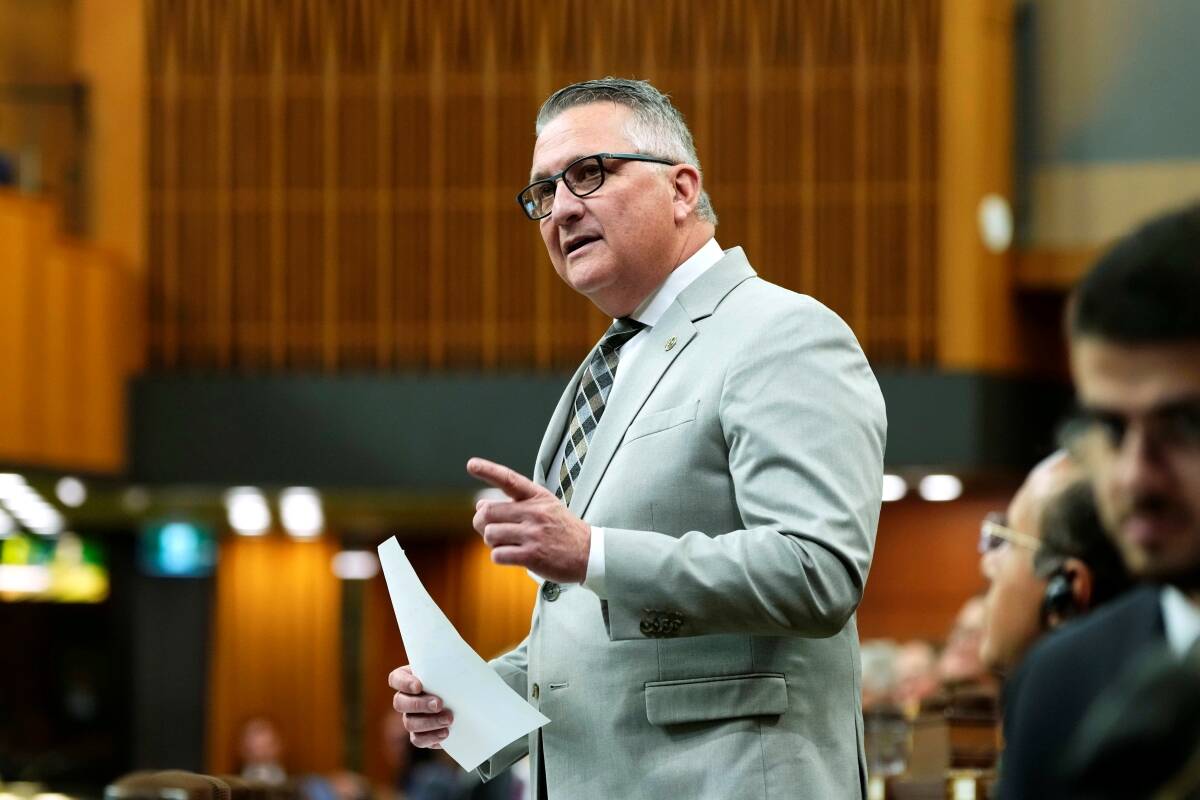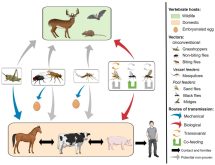Glacier FarmMedia – Canada and Mexico are working to strengthen agri-food cooperation and trade between the two countries.
Earlier this week Heath MacDonald, Canada’s Minister of Agriculture and Agri-Food and Mexico’s Secretary of Agriculture and Rural Development, Julio Berdegué, met to discuss bilateral relations and strengthen cooperation and trade ties between the two countries.
The meeting is part of the Canada–Mexico Action Plan 2025–2028, announced on Sept. 18, 2025, by Prime Minister Mark Carney and Mexico’s President Claudia Sheinbaum Pardo. In the Plan, both governments reaffirmed their commitment to advancing a dynamic bilateral agenda aimed at achieving shared objectives over the next three years, Agriculture and Agri-food Canada (AAFC) said in a release.
Read Also

Bring focused approach to target systems, not producers says animal activist
Darren Vanstone explains the process of reframing animal agriculture through advocacy and activism at the Human Canada One Health One Welfare Conference.
Coined the Mexico-Canada Agribusiness Dialogue (MCAD), the Oct. 14 meeting was organized by Consejo Nacional Agropecuario (CNA) and the Canadian Federation of Agriculture (CFA), in collaboration with the Ministries of Agriculture of both governments. The CFA said in a release the intention is to address strategic issues such as productive growth, trade facilitation, regulatory and administrative simplification, innovation and digitization, investment opportunities, and the foundational role the Canada-United States-Mexico Agreement (CUSMA) plays in strengthening supply chains between the countries.
Minister MacDonald recognized Mexico’s key role as a strategic global partner and reinforced the opportunities to strengthen bilateral trade and technical cooperation, particularly in the grain, oilseeds, horticulture and animal protein sectors, while respecting each country’s inspection and regulatory systems, AAFC said.
Here’s what Canada and Mexico have agreed to so far:
- Mexico has accepted Canada’s proposal to ease import requirements for eligible apples from Eastern Canadian provinces starting in January 2026, and “meaningful progress has been made on mutual laboratory and inspection recognition.”
- Canada and Mexico have agreed to a new certificate that will provide new access for Canadian pet food containing bovine ingredients to the Mexican market
- Both countries agreed to advance the implementation of the Sanitary and Phytosanitary (SPS) Work Plan to expand market access
- Canada and Mexico agreed to adopt electronic certification for plant products such as canola and wheat, and to continue to work towards expansion of this tool to other products to facilitate efficient trade for both countries
- Canada has also accepted to establish a joint working group to analyze and propose measures to support regulatory recognition in meat and seafood.
The Minister and Secretary emphasized the importance of science and technology collaboration and sharing of expertise, and have committed to convening a meeting of scientists from both departments to identify areas of further collaboration and to report back within the next six months, according to the AAFC release.
Diversifying trade
Keith Currie, CFA president, said in an interview with Glacier FarmMedia that the United States, being in the middle of Canada and Mexico, has been an ‘easy’ trading partner for each country and a large consumer of goods.
But given the recent tensions between the U.S. and the two countries, “both countries are looking at diversifying the market so they don’t have all their eggs in one basket.”
He said Mexico is Canada’s next closest ally, “and if we can get [the Canadian] government to follow through on commitments like transportation infrastructure improvement, port improvements” as well as taking advantage of the Canadian Pacific Kansas City rail system that runs from Canada down through the Rio Grande into Mexico, Canada can become that trusted supplier and get our products to ports.
“We can transport our goods quicker and easier, and we can increase our trade that way,” he said.

Reducing trade risk
Currie said Canada and Mexico are fairly aligned when it comes to reducing the risk posed by an unpredictable President Trump.
“What he’s focusing on, we’re not 100 per cent sure, other than more access for [the U.S.] and less access for us, but he certainly, certainly wants to pull more manufacturing in particular, and processing back into the United States.
“But that’s easier said than done. So how do we maintain, at least in the short term, the continued trade that we’ve had and that trading relationship, so that doesn’t harm our countries too much, while we start to transition to different markets.”
He said the U.S. will still be Canada’s largest trading partner given geographic location, “but if we increase our trade with the Mexicans and other parts of the world, and decrease our trade from 60 per cent of our products going to the U.S. to, say, 45 per cent in the next five or six or eight or 10 years, that’s a significant shift. And it just spreads the risk out so much more.”















